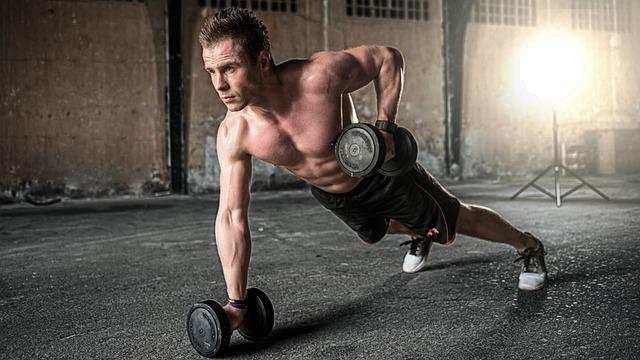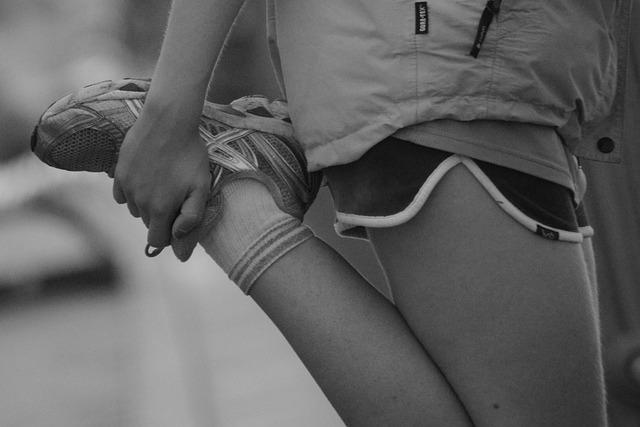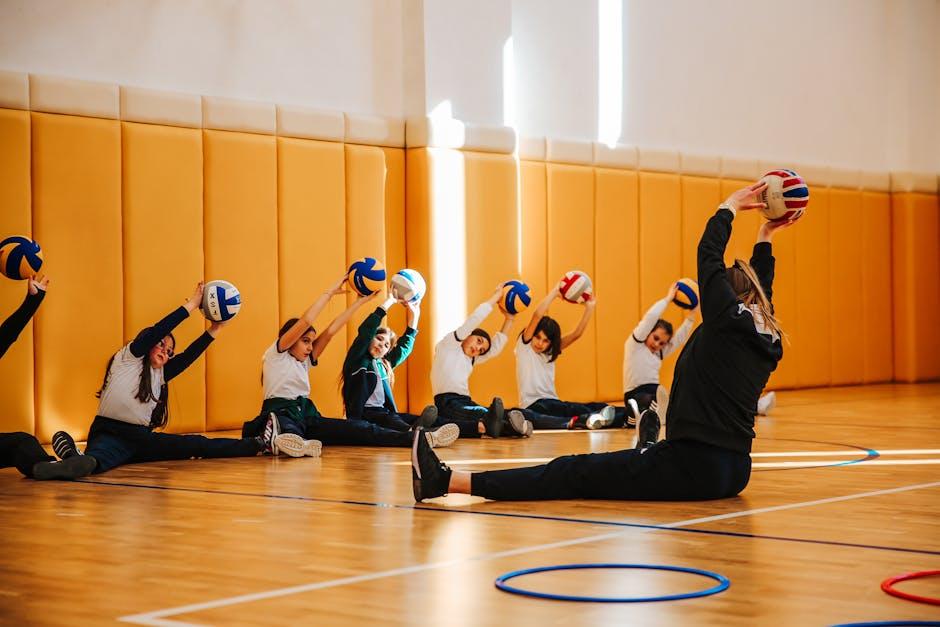In the intricate dance of physical exertion and recovery, stretching emerges as the unsung hero, a gentle whisper to our muscles, urging them to relax and rejuvenate. Imagine a symphony where each note represents a muscle fiber, harmonizing to create a masterpiece of movement and flexibility. This article embarks on a journey into the world of stretching routines designed specifically for muscle recovery, exploring how these subtle yet powerful movements can transform the aftermath of a workout from fatigue to fluidity. Whether you’re a seasoned athlete or a casual exerciser, understanding the art of stretching can unlock new dimensions of physical well-being, enhancing both performance and peace of mind. Join us as we delve into the science and simplicity of stretching, offering insights and routines that promise to soothe and strengthen in equal measure.
Unlocking Flexibility Essential Stretches for Post-Workout Recovery
After an intense workout, it’s crucial to focus on flexibility to aid muscle recovery and prevent injury. Engaging in a series of essential stretches not only enhances mobility but also helps in reducing muscle tension and soreness. Consider incorporating these effective stretches into your post-workout routine:
- Hamstring Stretch: Sit on the ground with one leg extended and the other bent inward. Reach towards your toes of the extended leg, holding for 20-30 seconds. This stretch is vital for alleviating tightness in the back of the thighs.
- Child’s Pose: From a kneeling position, sit back on your heels and extend your arms forward on the ground. This pose gently stretches the spine, hips, and shoulders, promoting relaxation and recovery.
- Quadriceps Stretch: Stand tall and pull one foot towards your glutes, holding your ankle with your hand. Keep your knees together for an effective stretch of the front thigh muscles.
These stretches are designed to target key muscle groups affected by most workouts, enhancing blood flow and accelerating the healing process. Incorporating these moves into your routine will unlock new levels of flexibility and ensure that your body is primed for the next challenge.
The Science Behind Stretching How It Aids Muscle Repair
Understanding the physiological effects of stretching unveils its crucial role in muscle recovery. When muscles are stretched, the fibers lengthen and align, which enhances flexibility and reduces the risk of injury. This process also promotes the circulation of blood, delivering vital nutrients and oxygen to the muscles, which aids in repairing microtears caused by intense physical activity. Furthermore, stretching stimulates the production of synovial fluid, lubricating joints and enhancing overall mobility.
- Improved Blood Flow: Enhances nutrient delivery to muscles.
- Increased Flexibility: Reduces the likelihood of strains and injuries.
- Joint Lubrication: Synovial fluid production supports joint health.
Incorporating stretching into your routine not only accelerates recovery but also contributes to long-term muscle health. As muscles are gently pulled and held, the tension is gradually released, helping to alleviate soreness and stiffness. This restorative practice is essential for athletes and fitness enthusiasts alike, facilitating a balanced and efficient recovery process.

Targeted Techniques Stretching Routines for Different Muscle Groups
Enhancing muscle recovery through stretching requires a strategic approach tailored to the specific needs of each muscle group. By focusing on targeted techniques, you can effectively alleviate tension, improve flexibility, and expedite the recovery process. Here are some specialized routines designed to address various muscle groups:
- Upper Body: Incorporate dynamic shoulder stretches like arm circles and cross-arm stretches to release tension in the shoulders and upper back. For the chest, utilize the doorway stretch, which opens up the chest muscles and improves posture.
- Core: Engage in cat-cow stretches to gently work the abdominals and lower back, enhancing spinal flexibility. The seated spinal twist is also effective in relieving tension and improving core mobility.
- Lower Body: Utilize hamstring stretches such as the standing toe touch or the seated forward bend to elongate the muscles at the back of the legs. For the quadriceps, perform a standing quad stretch, ensuring to maintain balance and alignment.
These routines, performed consistently, not only promote muscle recovery but also contribute to overall well-being by preventing injuries and enhancing performance.

Expert Tips Maximizing Recovery with Proper Stretching Practices
To truly harness the power of stretching for muscle recovery, it’s essential to focus on a few expert-recommended practices. Start by incorporating dynamic stretches into your routine before workouts. These movements, such as leg swings and arm circles, not only warm up the muscles but also increase blood flow, preparing your body for physical exertion. After exercising, switch to static stretching, where you hold each position for 15-30 seconds. This method helps elongate muscle fibers and promotes relaxation, aiding in the recovery process.
- Focus on breath control during stretches to maximize muscle relaxation.
- Pay attention to body alignment to prevent injuries and ensure effective stretching.
- Incorporate yoga poses like downward dog and child’s pose for holistic recovery.
- Use props such as foam rollers or stretching bands to enhance your stretching routine.
- Make stretching a daily habit to maintain flexibility and expedite muscle recovery.
In Summary
As we draw the curtain on our exploration of stretching routines for muscle recovery, it’s clear that the journey to rejuvenation is as much about mindful movement as it is about physical relief. By incorporating these stretching techniques into your regular fitness regimen, you unlock a powerful tool for healing, one that whispers to your muscles the promise of restoration and resilience. Remember, recovery is not a destination but a continuous voyage, where each stretch marks a step towards a more balanced and harmonious body. So, as you stand on the precipice of your next workout, let the art of stretching be your guiding light, leading you back to strength with every gentle pull and release.


































